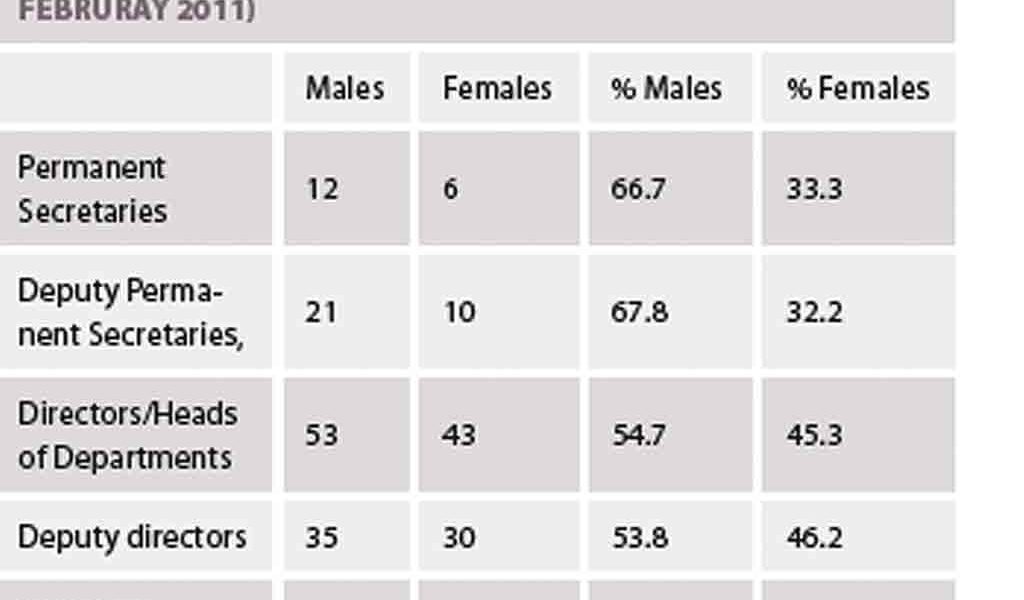• Parity gap widening for the first time since records began in 2006
• Botswana ranked 46 out of 144 countries
KAGO KOMANE
While there has been a decade of slow but steady progress on improving parity between the sexes, this year progress stalled and widened the gap for the first time in 10 years. This is according to the recently released Global Gender Gap Report.
Botswana, which ranked 46 out of 144 countries is reported to have seen progress on women in ministerial positions and enrollment in tertiary education. It has however regressed slightly on women’s share of estimated earned income.
With the current rate of progress, the report states that the global gender gap will take 100 years to close, compared to 83 last year. The workplace gender gap will now not be closed for 217 years, the report estimates. But with various studies linking gender parity to better economic performance, a number of countries are bucking the dismal global trend, over one-half of all 144 countries measured this year have seen their score improve in the past 12 months.
It shows that, overall, 68% of the global gender gap has been closed. This is a slight deterioration on 2016 and 2015, when the gap was 68.3% and 68.1%, respectively. Behind the decline is a widening of the gender gap across all four of the report’s pillars: Educational Attainment, Health and Survival, Economic Opportunity and Political Empowerment. These latter two areas are of particular concern because they already carry the largest gaps and, until this year, were registering the fastest progress.
World Economic Forum Founder and Executive Chairman Klaus Schwab said in a statement that the world is moving from the era of capitalism into the era of talentism, “Competitiveness on a national and on a business level will be decided more than ever before by the innovative capacity of a country or a company. Those will succeed best, who understand to integrate women as an important force into their talent pool,” he said.
Globally, Sub-Saharan Africa continues to rank last on the Educational Attainment subindex. Whereas 15 countries from the region have fully closed their gender gap for primary education, 14 have closed it for secondary education and only seven for tertiary education. Four of the 10 lowest-ranked countries on the literacy rate indicator are from the region. On Health and Survival, the region has improved more than any other over the past decade. The region is characterized by high female labour force participation with nine countries from Sub-Saharan Africa in the global top 20 on this indicator, and Mozambique, Burundi, Malawi and Rwanda demonstrating a higher representation of women in the labour force than men which translates into a high regional average on the Economic Participation and Opportunity subindex.
Of the 30 countries from the region covered by the Index this year, 13 have increased their overall score compared to last year, while 17 have seen decreasing scores.

